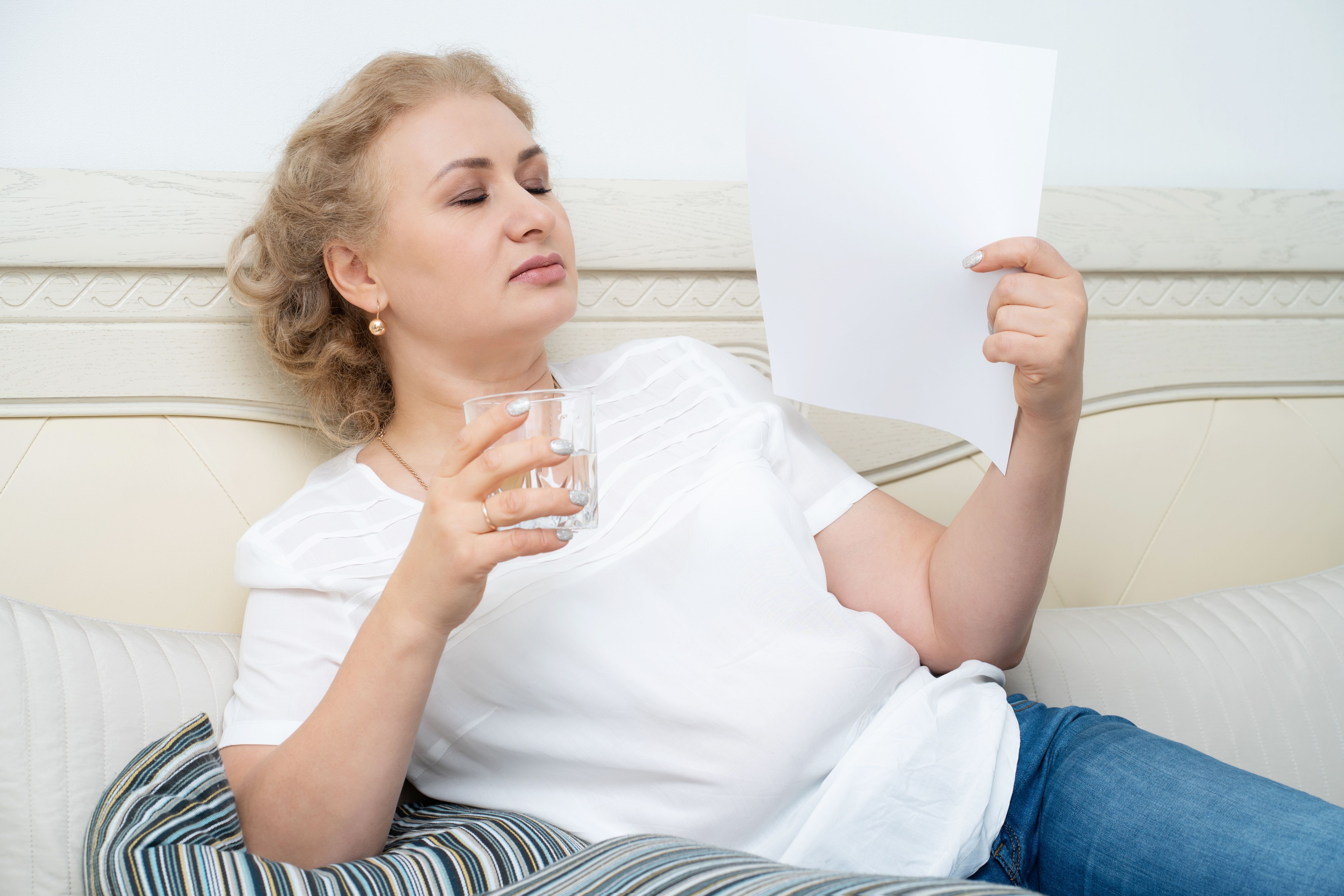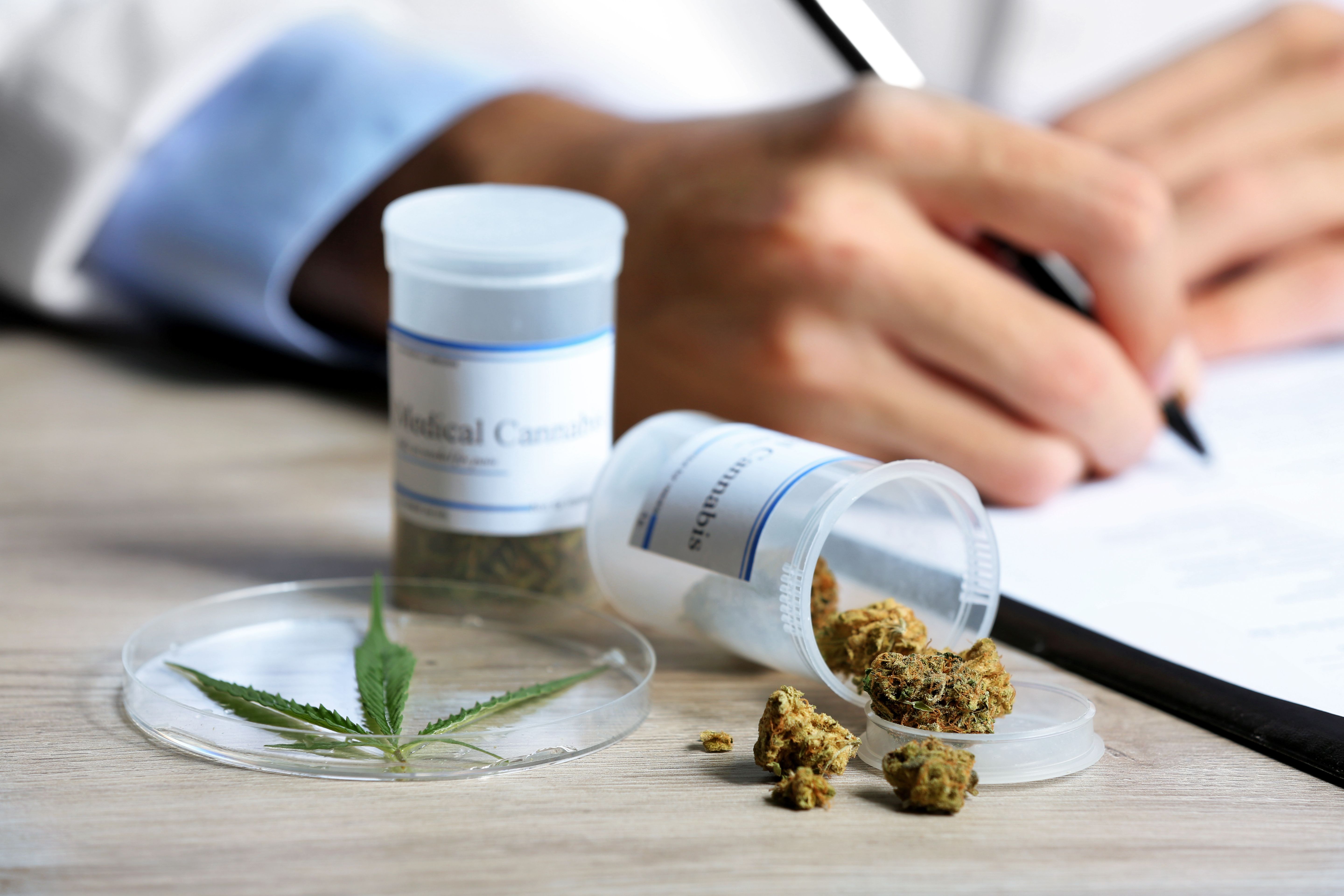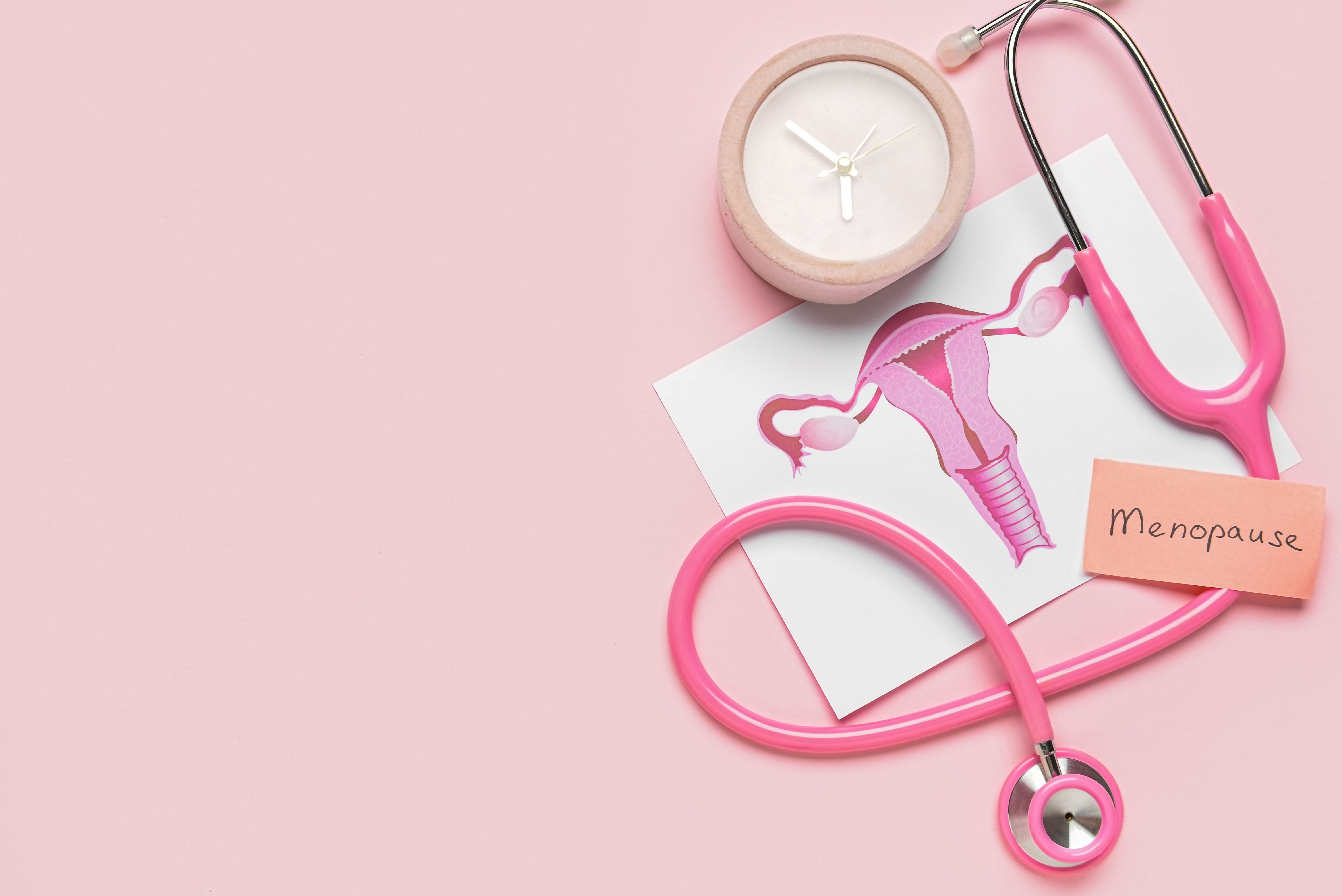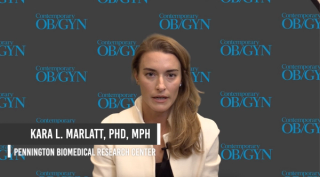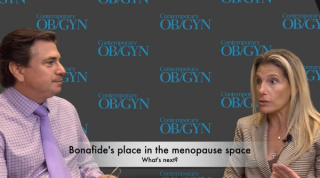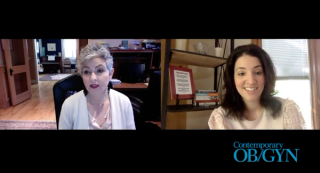
Menopause
Latest News
Latest Videos

CME Content
More News
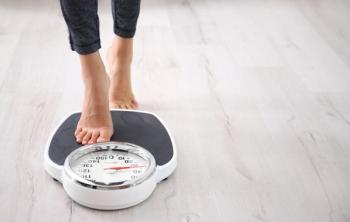
At The Menopause Society 2023 Annual Meeting, tips on reducing weight during menopause will be discussed.
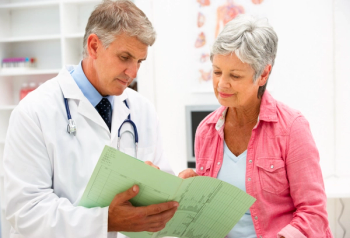
The presence of NAFLD increased from 25.3% to 29.4% among patients receiving oral menopause hormone therapy.
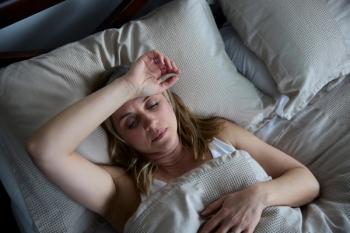
In a recent study, women with premenstrual disorders were more likely to experience early menopause and vasomotor symptoms.

A recent survey indicated a lack of proper menopause education for obstetricians and gynecologists.
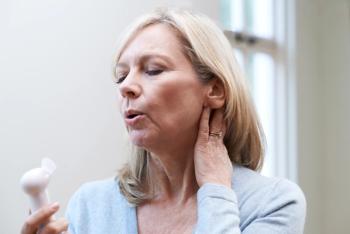
Daré Bioscience has published the results of a phase ½ trial on DARE-HRT1, indicating efficacy against moderate-to-severe vasomotor symptoms.

An analysis of postmenopausal women shows a nearly two-fold increase in liver cancer incidence among those who consume at least 1 soft drink or fruit drink daily.
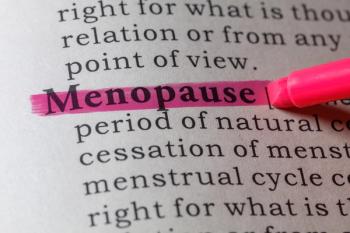
In a recent study, women with a prior history of infertility were more likely to experience sleep problems, irritability, and depressive mood in midlife.

In a recent study, premature and early menopause were more common in women with a history of infertility, miscarriage, or stillbirth.

Menopausal women who drink alcohol should limit consumption to moderate drinking, according to experts. However, binge drinking in this population has been on the rise, for which clinicians can help by referring these patients to appropriate treatment.

Beth A. Prairie MD MPH FACOG FACPM, discusses how alcohol consumption worsens symptoms of menopause in midlife women.

Astellas has announced positive results of a trial evaluating the safety and efficacy of fezolinetant in menopausal women with moderate to severe vasomotor symptoms.

Monica Christmas, MD, associate professor at the University of Chicago, discusses the findings of a study on how vaginal estrogen may be used to treat urinary symptoms in postmenopausal women, along with how she hopes these findings will impact treatment in women with urinary symptoms.
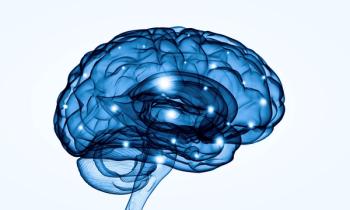
As maintaining cognitive function remains difficult in an aging population, how are women in menopause impacted?

In a recent review, vaginal estrogen was effective for treating urinary symptoms in postmenopausal women.

The North American Menopause Society Advisory Panel has announced the release of their 2023 position statement on nonhormonal therapy for menopause.
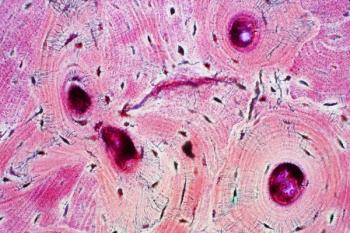
In a recent study, midlife women with prediabetes before menopause transition were more likely to experience fractures in postmenopause.

At the 2023 ACOG Annual Clinical & Scientific Meeting, the safety and efficacy of compounded bioidentical hormone therapy for menopause were discussed.

At the 2023 ACOG Annual Clinical & Scientific Meeting, Gloria Richard-Davis MD, MBA, NCMP, FACOG, discussed the importance of using hormone therapies to treat menopause symptoms.

Genevieve Neal-Perry, MD, PhD, talks about the recent approval of fezolinetant (Veozah; Astellas Pharma) and her latest phase 3 research presented at the 2023 ACOG Annual Clinical and Scientific Meeting.

Fezolinetant (Veozah; Astellas Pharma) is now the first neurokinin 3 receptor antagonist approved for the treatment of vasomotor symptoms associated with menopause.
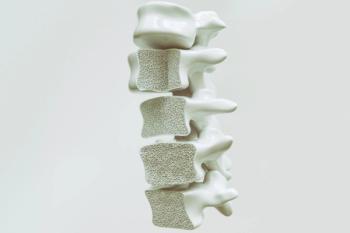
What the obstetrician-gynecologist should know

In a recent study, menopausal vasomotor symptoms were successfully treated using the selective neurokinin-1,3 receptor antagonist elinzanetant (Bayer).

Multiple hormonal and non-hormonal therapies are available for treating genitourinary syndrome of menopause in breast cancer survivors, but combination therapies are the most effective.

In a recent study, menopause was associated with an estimated annual financial loss of $1.8 billion in work time and $26.6 billion in medical costs in the United States.

In a recent study, female reproductive hormone concentration and age at menopause were impacted by smoking, alcohol, and coffee consumption.



